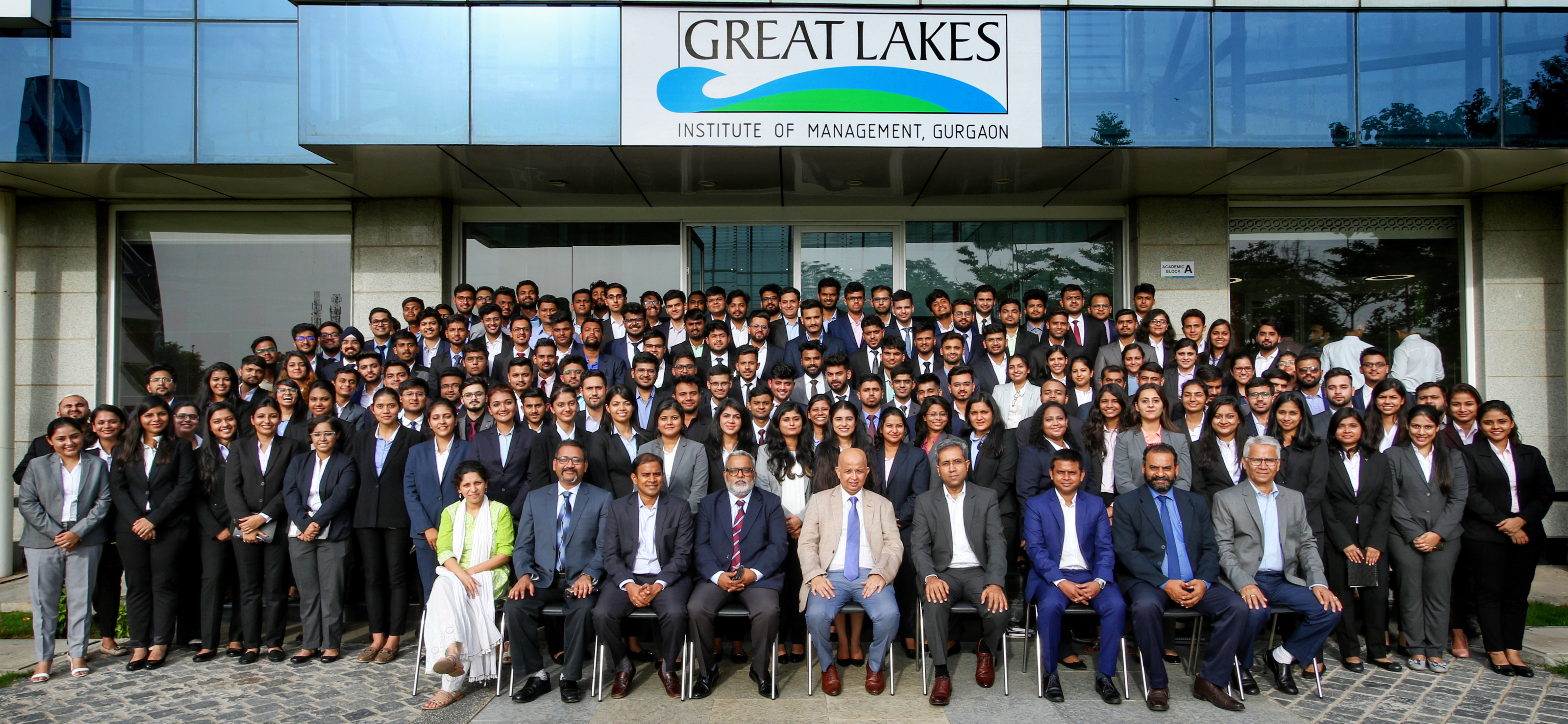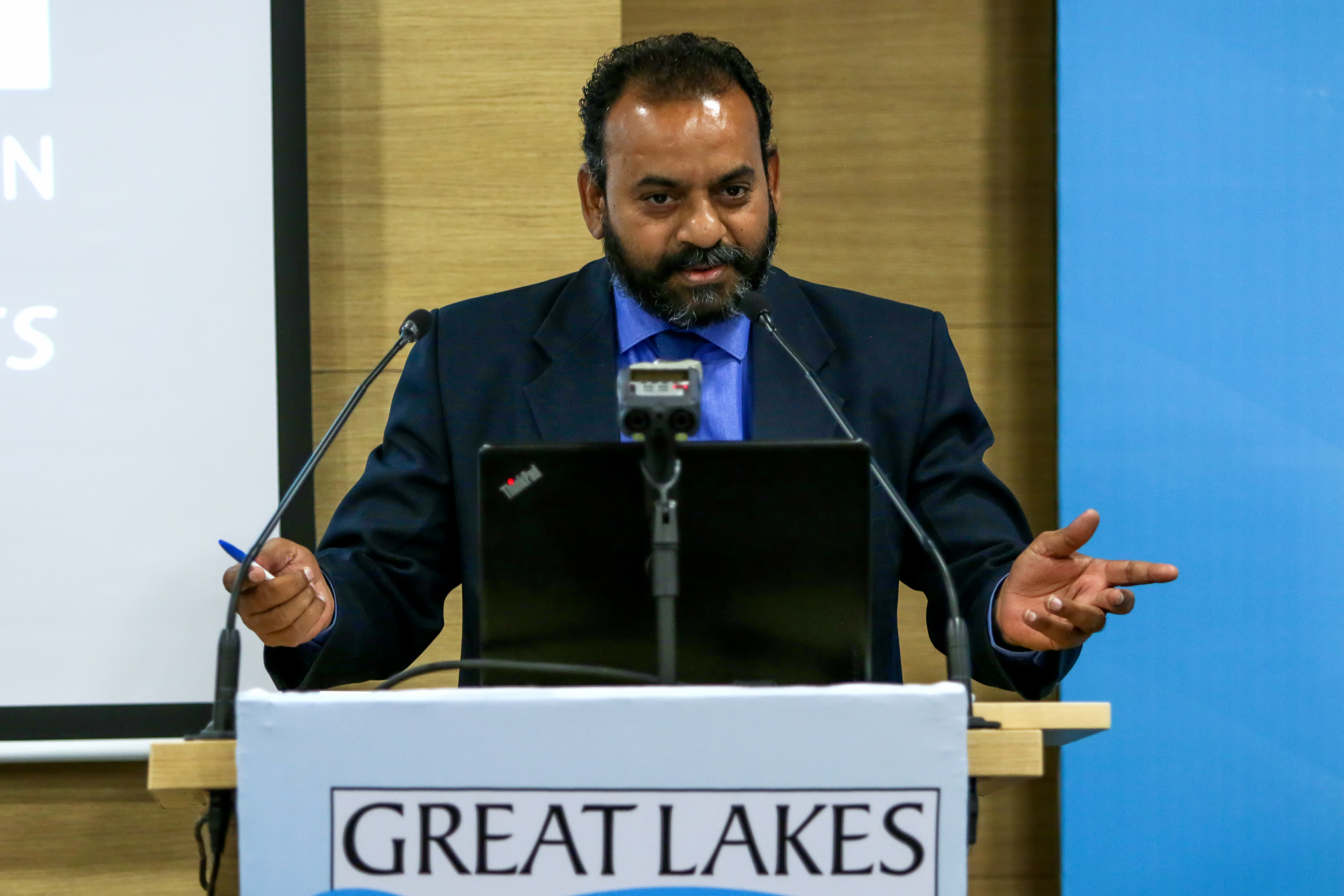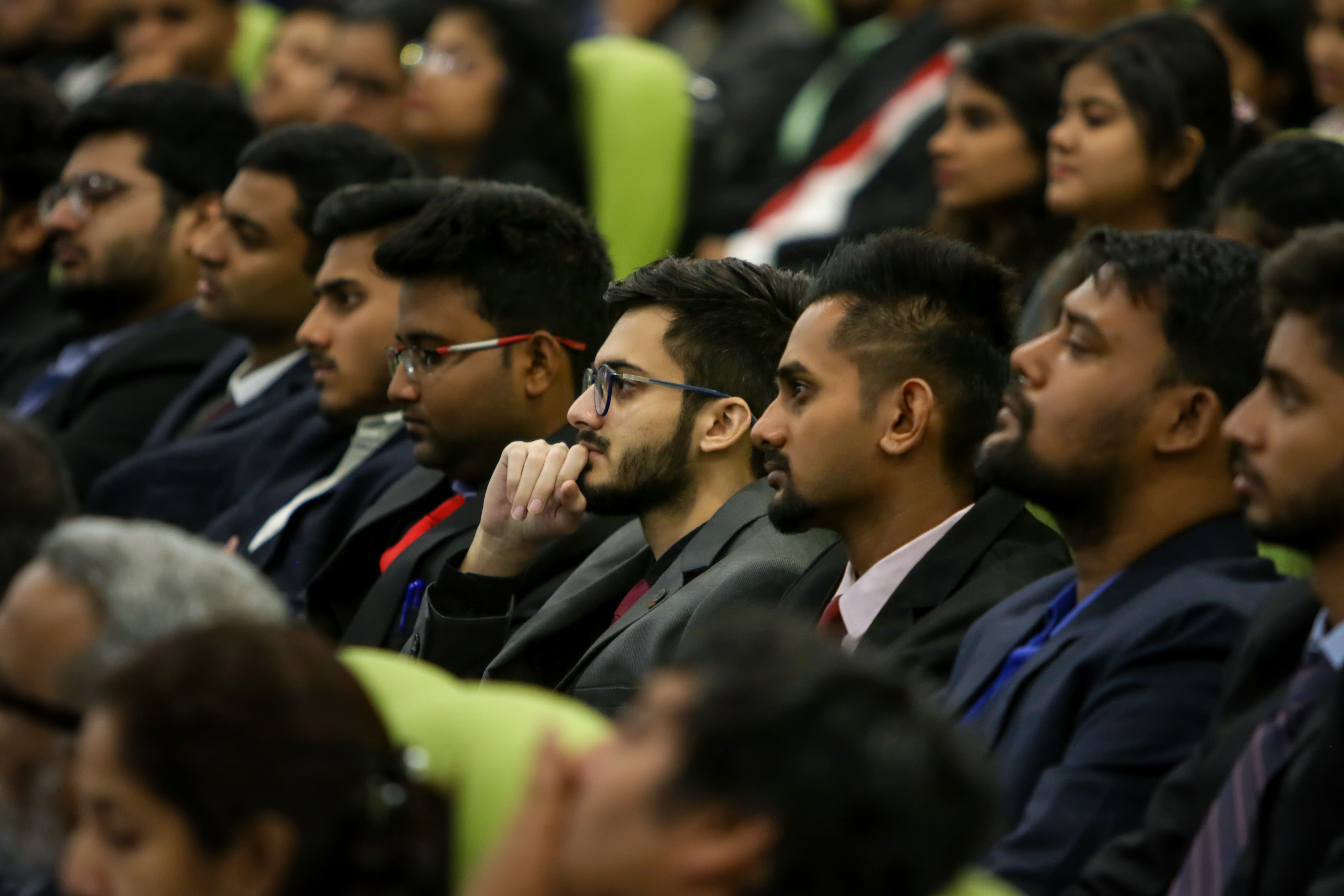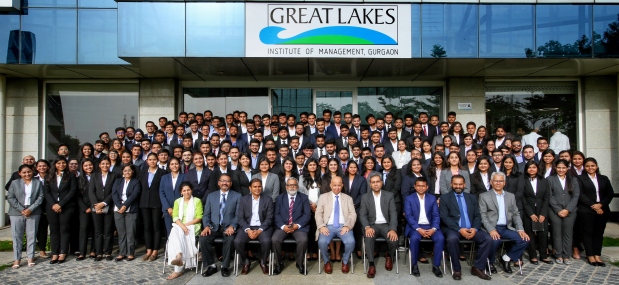GREAT LAKES GUEST LECTURE SERIES – Mr DEEPAK GOEL
CEO – KARMACIRCLES

“Do. Or Do Not. There is no try” – Yoda, Jedi Master
Understanding of the above quote is an important pre-requisite for an entrepreneur to be successful. The path of Entrepreneurship is the one that is filled with utmost uncertainties that one can face compared to the other naturally progressing career options.
Being an aspiring entrepreneur, Great Lakes, offered me ample opportunities to interact and learn directly from the masters of this trade. As the campus is located in the corporate hub of the country, Great Lakes, Gurgaon enables extensive industry engagement with entrepreneurs, CXOs and industry experts as they visit the campus regularly to share their perspectives with the future business leaders of the nation. That’s how our batch (PGDM 2017-19) got to meet Mr Deepak Goel, CEO & Founder Karmacircles.
Mr Deepak Goel’s Guest Lecture at Great Lakes Institute of Management, Gurgaon was a compilation of his life and thought processes that aimed at providing the students with a more Entrepreneurial viewpoint of life rather than just living in terms of pay packages. An IIT-Delhi educated techie who went on to live the “American Dream” with his job at Microsoft to pursuing his MBA at UC, Berkeley to working at multiple companies from scratch with an entrepreneurial spirit and making them grow to where they are today, he has worn multiple hats because of his multi-faceted skill sets. This is what differentiates him from the other bunch of entrepreneurs, at least in the Indian context. He truly learnt the art of Entrepreneurship in and out, theoretically and practically to be able to follow his life calling of creating Karmacircles.
The lecture was a mix of Startup Organizational Culture, Valuation of Startups, General Principles of Success and quite an insightful bunch of advice to the multiple questions asked by the Students.
At the start of the lecture, he laid a very simple formula for a successful startup involving just four steps. (1) Identify the problem you want to solve, (2) Solve the problem, (3) Monetize the Solution created and then (4) go for more money to scale up the solution. A rather simple algorithm which in reality is really difficult to follow as even developing/handling that one simple product/solution is quite complex. This is what calls for the Product Management Concept. Explaining his understanding and experiences in Product Management, he expressed dissatisfaction of how Product Management is done or pursued by organizations in India as it still remains to be a highly misunderstood concept in the country. Being a seasoned professional in the field, he emphasized how the concept can help in building successful products within a company, going on to creating multiple successful companies within a big company, like Google. Working at Microsoft, he knew much more about Google and its processes than Microsoft which earned him the name of “The Google Guy.” He then shared some insights as to how Google managed its Product Line and has grown from a Search Engine to the huge yet entrepreneurial tech-conglomerate it is today.

He then went on to share his learning experiences under the guidance of Eric Ries of the Lean Startup fame and even Eric Ries’ Guru Steve Blank. The two major concepts he learnt were The Value Hypothesis and Growth Hypothesis. When these philosophies are incorporated in a company in its ideation phase, it significantly enhances its probability of achieving long-term success, thereby, ensuring value and growth creation.
Explaining Value Hypothesis, Mr. Goel talked in detail how companies can create value. Not just in monetary terms, but value that customers can relate to. But for doing so, the companies must have an eagle eye vision of the solution of the problem that they set out to tackle. Giving real examples from the start-up and corporate world, he differentiated how certain companies create value straight away to companies that create value over time.
Constantly comparing his Valley experience to his Indian experience, he stated that Indian start-ups and new-age companies mainly focus only on creating monetary value but not the intangible value and many of those companies go on to create initial momentum, to a great extent monetize it, but keep pushing their goalposts for the value creation. One of the main questions he raised during the lecture was whether these companies will be able to continue the momentum once the cash inflow slows down.
Explaining Growth Hypothesis, he talked about continuously doing what you do best and create personal and home-ground advantage in areas as such to create a true product that can grow sustainably over time.
Commenting on the Indian attitude of approaching jobs, he shared his story further and explained how he took several pay cuts in order to expand his learning curve, something he finds lacking in the Indian scenario. Linking the topic, he shared the factors one should consider while taking up a new job and said that the person you are going to work for, is the most important factor. Not being completely driven by package but rather through the group one is going to work with and the learning outcome one has out of the job as other major factors. He advised students to be ethical and act professionally when it comes to working in organizations.
In the last few minutes of the lecture, he gave a brief glimpse of his passions which include, Social Networks, Mentoring, and creating valuable products that solve problems. Being an aspiring entrepreneur myself, I found this session to be the most illuminating.
Such interactions with industry stalwarts prepare the students for the challenges of the business world and Great Lakes gives utmost importance to these guest lectures as they are the most crucial ingredient for developing business ready managers. The importance of these interactions is evident with the fact that 150 plus industry leaders, entrepreneurs and CXOs have visited Great Lakes last year and shared their valuable insights with the students to prepare them for what’s to come.
Author: S SnehanshN
PGDM, Class of 2019, Great Lakes, Gurgaon













 Mr Rohit Kumar: An engineering graduate from G.G.S.I.P. University, who later completed his MBA from the reputed S.P. Jain Institute of Management and Research in 2012. After working for over 3 years as Senior Manager for Engagements at Nagarro, he took the helm at Infosys in heading the Sales and Marketing Strategy for the Oracle CX Cloud practice in 2016. He has more than 13 years of experience in business development, client acquisition, customer relationships & marketing. He has worked with clients across the world, focusing immensely on understanding the pain-points of the customers. Mr Kumar has an in-depth understanding of the IT industry and has varied project experience that gives a unique flavour to his working style. Before his MBA, he has worked with reputed firms such as IBM and SAP.
Mr Rohit Kumar: An engineering graduate from G.G.S.I.P. University, who later completed his MBA from the reputed S.P. Jain Institute of Management and Research in 2012. After working for over 3 years as Senior Manager for Engagements at Nagarro, he took the helm at Infosys in heading the Sales and Marketing Strategy for the Oracle CX Cloud practice in 2016. He has more than 13 years of experience in business development, client acquisition, customer relationships & marketing. He has worked with clients across the world, focusing immensely on understanding the pain-points of the customers. Mr Kumar has an in-depth understanding of the IT industry and has varied project experience that gives a unique flavour to his working style. Before his MBA, he has worked with reputed firms such as IBM and SAP.
























